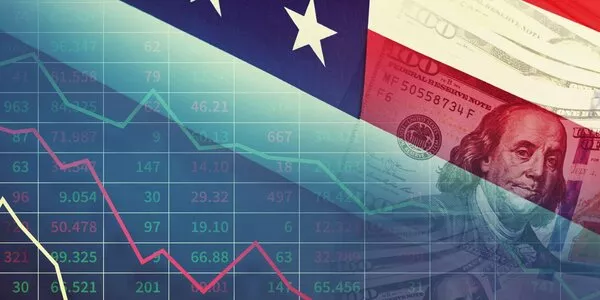
Weekly Update - A chilly Winter ahead
As shown on the left-hand chart below, daily numbers of new COVID-19 cases have begun to ease lower in Europe but still remain above the highs registered last spring. The scale of the pandemic has put severe pressure on the health system, forcing governments to reinstate lockdowns, which appear to be achieving their aim. In the US on the other hand, the number of new cases continues to hit new highs – with almost 38 cases per 10,000 inhabitants over the last seven days, the US has been hit harder than other countries (Germany and France are at 16 and 11 per 10,000 respectively).
The lockdowns have depressed business confidence across Europe. The composite PMI for the euro zone in November fell almost 5 points to 45.3 (50 points marks the dividing line between expansion and contraction of activity). This masks sharp divergence between countries and sectors. For example, the composite PMI for Germany remains in expansion territory at 51.7 points while France’s plummeted to 40.6. Moreover, the euro zone’s manufacturing PMI for November was 53.8 while confidence in services ( the bulk of GDP in advanced economies) tumbled to 41.7.
The divergence between industry and services is quite logical, given that lockdowns tend to target service activities such as retail or hospitality. The divergence between France and Germany is rather more surprising – weaker confidence in services can be explained by France’s more draconian restrictions, but the decline in the manufacturing PMI there stands in stark contrast to resilience in Germany. Moreover, actual industrial output has actually been stronger in France than in Germany this year as illustrated by the right-hand chart. The explanation may lie in Germany’s heavy dependence on Asian demand – the prospect of a less confrontational Biden administration on trade tariffs would be good news for German exporters. Future output data will show if their confidence is misplaced.
In the US, the lockdowns have been less severe and business confidence remains robust in both manufacturing and services. Indeed, the composite PMI reached its highest point in the last three years at 58.6 points. There are, however, some signs of difficult trading conditions – there have been 740,000 new weekly jobless claims on average over the past month, well above the pre-coronavirus record of 695’000 in 1984.
China on the other hand continues to power ahead. Industrial production expanded 6.9% year-on-year (YoY) in October, in line with the average pace of growth in the pre-pandemic years, while retail sales are recovering strongly (+4.3% YoY in October). Moreover, November’s composite PMI came out at 55.7 points, the highest level since March 2012. According to the International Monetary Fund’s latest World Economic Outlook, China is the only major economy expected to generate growth this year (+1.9%). And next year should see further outperformance, +8.2% versus the global average of +5.2%.
Bottom line. With many European countries preparing to ease restrictions in the runup to year-end, we cannot rule out the possibility of further waves of COVID-19 infections before the vaccination programmes can help populations build up sufficient levels of immunity. However, the vaccines should thereafter enable households and businesses to resume more normal levels of activity. We expect financial markets to continue to look beyond today’s double-dip recession in Europe and towards a cyclical recovery in H2 2021.
Read full article




